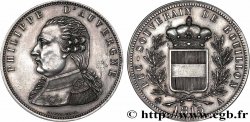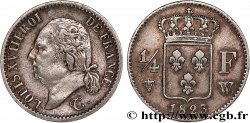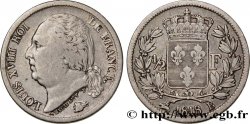E-auction 488-399453 - fme_412461 - LOUIS XVIII Médaille, Restauration du trône d’Espagne
得先注册又得到批准才可以报价。为了报价注册. 客户应该得到公司允许,那种过程需要 48 个小时。别等出售结束那一天才登记。您报价的话等于您赞成买那物品,而且按« 保价 » 证明您接受 cgb.fr 因特网拍卖使用法.
报价时只可以出全数值欧元总额。物品描述也说明销售结束时间,结束后出价都不会生效。 报价命令转达有时变动,等到最后秒钟增加否决的可能会。想多了解的话请注意 因特网拍卖常问
购货人不付费
购货人不付费
| 估算 : | 150 € |
| 价格 : | 46 € |
| 最高出价 : | 56 € |
| 拍卖结束日期 : | 22 August 2022 17:52:00 |
| 竞拍人 : | 10 竞拍人 |
种类 Médaille, Restauration du trône d’Espagne
日期: 1823
铸币厂名称/城市 Espagne
材质 bronze
直径 51 mm
模子方针 12 h.
硬币制模工 Gayrard
重量 68 g.
侧面 lisse
印模 sans poinçon
关于品相的说明
Patine marron hétérogène avec des concrétions vertes. Légère usure. Présence d equelques coups
出版目录中的项代码 :
正面
正面的文字 LVDOVICVS. XVIII. FRANC. ET. NAV. REX..
正面的说明书 Tête de Louis XVIII à droite, signé GAYRARD F. .
背面
背面的文字 ARMIS GALLIAE - VIRTUTE DUCIS // A FURORE REBELLIONIS/ HISPANIA LIBERATA.
背面的说明书 Guerrier debout vêtu à l'antique brandissant le glaive, le bouclier timbré de trois lys, repoussant l'ennemi vers la mer ; à gauche, l'Espagne assise retenant deux enfants, à ses pieds un bouclier timbré aux armes de Castille et de Léon, signé GAYRARD F. .
评论
Médaille signe GAYRARD F.
Raymond Gayrard, sculpteur-graveur, (Rodez, 25 octobre 1777-1858), est l'élève de François Rude et David d'Angers. Il expose au salon de Paris en 1827 et poursuit ses expositions tout au long de sa vie. En 1834, il obtient la deuxième place au concours et la médaille de première classe en 1846 et 1848. Il expose pour la dernière fois en 1855. Apprécié de la haute société française, il exécute beaucoup de bustes de personnalités contemporaines. Il est est également sculpteur animalier.
Paul Joseph Raymond Gayrard, dit Raymond Gayrard, né le 3 septembre 1807 à Clermont-Ferrand (Puy-de-Dôme) et mort en 1855 à Enghien-les-Bains (Val-d'Oise), est un sculpteur et graveur-médailleur français. Il étudie à un âge précoce avec son père.
La restauration absolutiste en Espagne, s'étendant de 1814 à 1833, est une période au cours de laquelle le pays connaît un rétablissement de la monarchie absolue des Bourbons.
Après la guerre d'indépendance contre l'occupant français, les Cortès se réunissent à Madrid en octobre 1813. Peu après, Napoléon reconnaît Ferdinand VII comme roi d'Espagne par le traité de Valençay. Fort du soutien de la majeure partie de la population espagnole, celui-ci rentre dans sa capitale, le 22 mars 1814, par le chemin de Valence. Il reçoit alors, de la main d'un groupe de fidèles de la monarchie le manifeste des Perses, une déclaration favorable à une restauration absolutiste.
Début 1823, la Sainte Alliance décide d'intervenir en Espagne, ainsi qu'elle l'a déjà fait à Naples et au Piémont. Le 22 janvier un traité secret est signé qui permet à la France d'envahir l'Espagne pour rétablir Ferdinand VII en monarque absolu.
Raymond Gayrard, sculpteur-graveur, (Rodez, 25 octobre 1777-1858), est l'élève de François Rude et David d'Angers. Il expose au salon de Paris en 1827 et poursuit ses expositions tout au long de sa vie. En 1834, il obtient la deuxième place au concours et la médaille de première classe en 1846 et 1848. Il expose pour la dernière fois en 1855. Apprécié de la haute société française, il exécute beaucoup de bustes de personnalités contemporaines. Il est est également sculpteur animalier.
Paul Joseph Raymond Gayrard, dit Raymond Gayrard, né le 3 septembre 1807 à Clermont-Ferrand (Puy-de-Dôme) et mort en 1855 à Enghien-les-Bains (Val-d'Oise), est un sculpteur et graveur-médailleur français. Il étudie à un âge précoce avec son père.
La restauration absolutiste en Espagne, s'étendant de 1814 à 1833, est une période au cours de laquelle le pays connaît un rétablissement de la monarchie absolue des Bourbons.
Après la guerre d'indépendance contre l'occupant français, les Cortès se réunissent à Madrid en octobre 1813. Peu après, Napoléon reconnaît Ferdinand VII comme roi d'Espagne par le traité de Valençay. Fort du soutien de la majeure partie de la population espagnole, celui-ci rentre dans sa capitale, le 22 mars 1814, par le chemin de Valence. Il reçoit alors, de la main d'un groupe de fidèles de la monarchie le manifeste des Perses, une déclaration favorable à une restauration absolutiste.
Début 1823, la Sainte Alliance décide d'intervenir en Espagne, ainsi qu'elle l'a déjà fait à Naples et au Piémont. Le 22 janvier un traité secret est signé qui permet à la France d'envahir l'Espagne pour rétablir Ferdinand VII en monarque absolu.







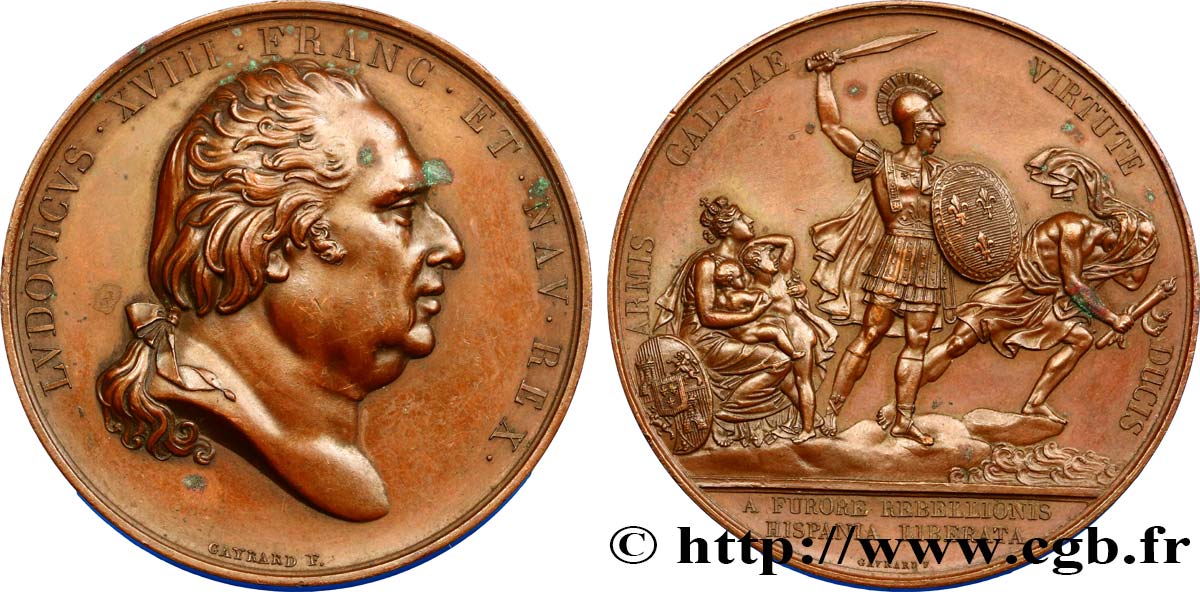
 对产品描述纠错
对产品描述纠错 打印
打印 分享我的选择
分享我的选择 提问
提问 Consign / sell
Consign / sell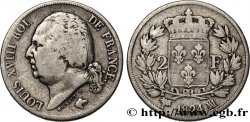
 产品介绍
产品介绍